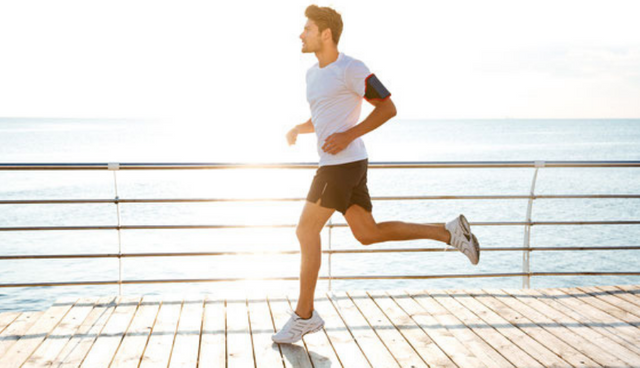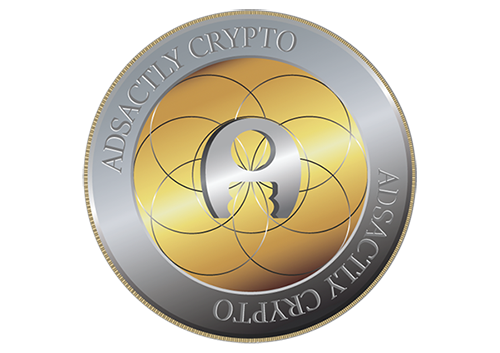Evaluating Your Physical Condition

The physical faculties of each person depend on two factors: the non-modifiable ones (genetic factors predetermined by the biological inheritance) and the modifiable ones (level of training, habits and customs, state of health.
Knowing the physical condition of an athlete helps the personalized coach to organize the training, help them improve or overcome deficiencies, and prevent injuries. On the other hand, keeping a visible record of the evolution and improvement of the physical faculties helps the athletes to motivate themselves to endure the hardness of the training.
Of course, only in case of "professional athletes" is it necessary to carry out complicated and expensive tests, to know their conditions and improve the performance to the smallest detail.
And starting from this we work at a more modest level, showing some simple and easy to perform tests in a gym, with the objective of having a not very in depth information, but if specific to each athlete, to serve as guidance and help to the coach.

Student file
It is interesting, and sometimes necessary, that in the gym there is a file with information about each student, that has something more than his name, date of birth, address and whether or not he is up to date in the payment of the fees. As an orientation, here are some data that should be taken.
It should not be obligatory to complete them (some may be considered an intrusion into privacy), but you must explain to the student the reason why they are asked and why it is convenient to lend them, and that he decides.
General personal information: Name. Home. Phone. Date of birth/Age.
Background and general health data: Previous injuries (age and degree of cure). Previous or current diseases. Sensory problems (vision or hearing impairments). Allergy or prohibition of taking any medication (especially in relation to analgesics). If there is any type of motor defect, it will be evident in the training, but it is also advisable to know it in advance. Sex. Who to notify in case of accident (name and phone number). Profession or Studies.
Habits and sports activity: Do you smoke? (How much and since when?). Baby? (How much, since when and type of drinks?). Hours of sleep? Are there other types of habits that can influence performance? Work or study schedule. Do you practice other sports? (At what level? How often?).
Description of physical state: Objective data: Weight. Size. Pulse at rest. Thoracic perimeter (in inspiration and expiration). Abdominal perimeter. Subjective data: In what form is the student considered? How do you feel physically in general?

Conditions to perform the tests
Whoever does it must understand correctly how to perform the exercise.
There must be a warm, light warm up (do not tire the one evaluated before the test).
Do not do the tests in a row. Respect a rest interval after each test. They can be distributed in more than one day.
Have prepared the necessary material, when it is the case.
Do not do the tests under conditions that may distort the results (too hot or cold, with the student tired).
Record the results well, and file them with the student's file, for further verification and observation of their physical evolution.

Physiological indices
They define the constitution of the person, and serve to control the evolution of said constitution and how it is influenced by training. They are always more accurate than an "eye" assessment of whether the person is fat or thin.
For example, there are people who join the gym to lose weight and then when they weigh they see that the weight has not changed, and they believe that it does not work, when in reality, fat has been exchanged for muscle. Hence the usefulness of these indices.
On the other hand, I must clarify that measuring only once these indexes has almost no use, since they do not show much more than what the teacher can see at first glance, the first time he sees the student. It only makes sense if the measure is repeated every so often (every 4 or 6 months, for example), in order to objectively observe the physical evolution.

Tests of physical abilities
For each one of the areas that will be treated here, there are different types of tests, some more "professional" than others. The ones I have chosen are quite simple, considering that they are easy to perform in the gym, with the minimum amount of material needed, and that they give a general orientation.
They are insufficient to measure performance in detail in the case of professional athletes, but for most people who go to the gym without high-competition objectives, they are enough and not enough.
Resistance test
A bench of variable height is needed (see table) depending on the sex and age of the person who performs the test. The duration of the test is also variable depending on these factors.
Strength tests
Strength tests are performed individually on different muscle groups. The scheme that is followed in all is quite simple: how many repetitions of a given exercise you can do for 60 seconds. The only condition is to do the exercise correctly, without "cheating".
At the beginning, the level of improvement is quite fast, especially if the student starts in low form. As the months of training pass and we get closer to our physical limit, spectacular improvements are no longer achieved: from that moment the tests serve, rather, to verify that the form is maintained. The teacher can add all the exercises that seem convenient. In principle the following are proposed (it is assumed that the teacher already knows how to perform correctly):
• Flexion of arms hanging from a bar.
• Dorsal (trunk raised backwards, lying face down on the floor, with a partner holding the legs).
• Upper abdominals (forward trunk elevation, lying face up on the floor, with a partner holding the legs).
• Lower abdominals (elevation of the legs to the vertical, lying face up on the floor, hands behind the neck, with a partner holding the elbows).

Flexibility and Elasticity
This type of tests only interest if you are very picky. As a general rule, students already realize their improvements in the aspect of elasticity, when executing techniques and kicking. However, I include them because they are interesting for those people who have reached a good level, if they suffer some type of accident or injury, since they allow them to know the degree of recovery of it.
Trunk forward flexion
Standing on a bench, with your legs fully extended, lean forward trying to touch the feet with the fingers of the outstretched hands. If they are not reached, it's bad flexibility. If the tip of the fingers touches the edge of the bench, it is considered point 0. A ruler is used to measure how far below the edge of the bench it can be reached with extended fingers. No bounces can be given to increase the bending distance.
Back trunk flexion. Lying on his stomach and with his legs slightly separated and held by a companion, the trunk and head rise upwards. The measurement is made by measuring the vertical distance between the chin and the floor.
Leg opening Standing and fully erect, without tilting the trunk forward or backward, separate the legs as much as possible (without bending the knees), and measure the distance between the heels. You have to do a slight warm-up before the test. No support of any kind is allowed.

Image: Source
You can follow me on:
Instagram: @eudinevies


@eudinfitness, I gave you a vote!
If you follow me, I will also follow you in return!
Enjoy some !popcorn courtesy of @nextgencrypto!